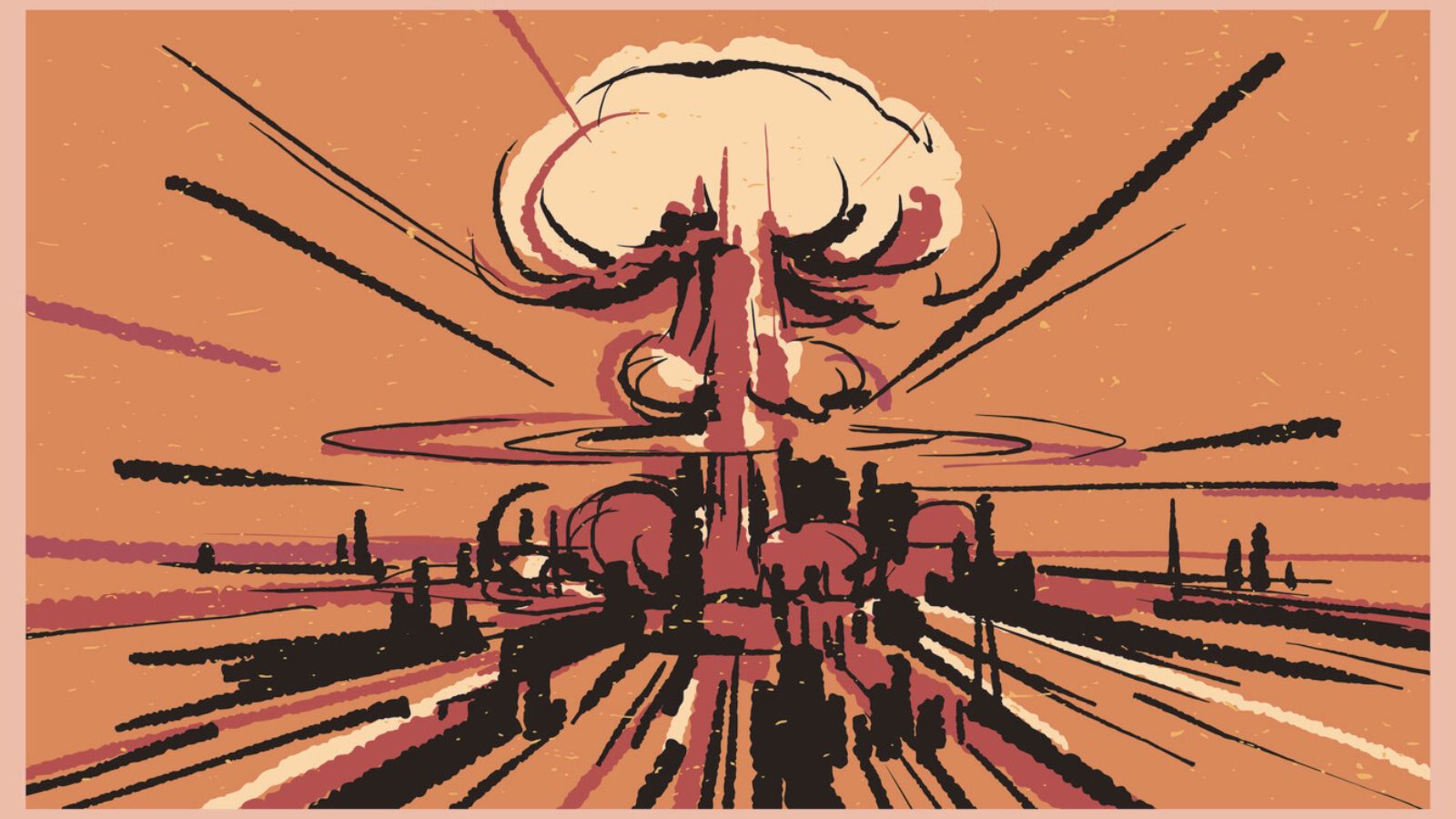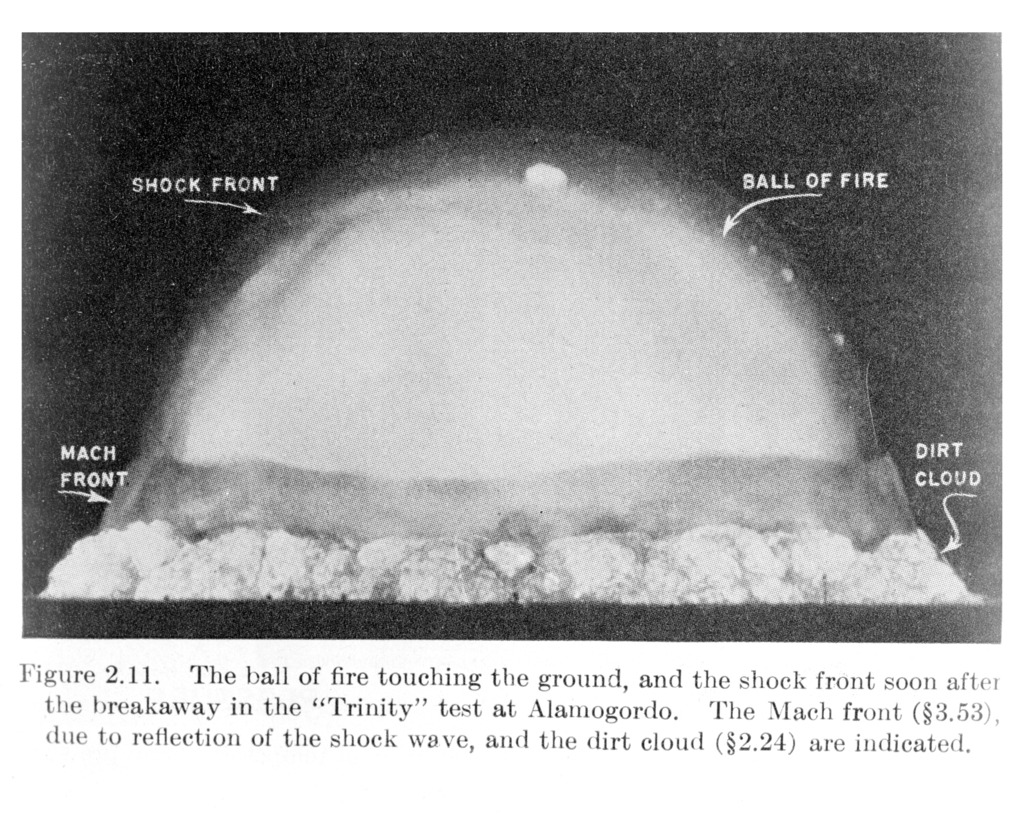Responsibility Over Rivalry: Why India and Pakistan Should Reject Nuclear Testing
On October 30, 2025, on his way to meet Chinese President Xi Jinping in Busan, South Korea, for trade negotiations, President Donald Trump took to Truth Social, his preferred medium for announcements, to declare that he had ordered the US Department of War “to start testing our Nuclear Weapons on an equal basis.” The next day, he reaffirmed that the United States would restart nuclear testing, as a tit for tat for “other countries” testing their nuclear weapons. Strategic experts have pointed to several ambiguities and inaccuracies in Trump’s post, but also cautioned that such a move by the United States is likely to trigger an arms race and the further weaken the nuclear nonproliferation regime, especially the Comprehensive Test Ban Treaty (CTBT). As a signatory that has not ratified the CTBT, the United States is not legally obligated to adhere to the test ban, like other non-signatories.
Trump’s decision could open up a Pandora’s box of nuclear testing, in South Asia especially, where India and Pakistan have a unilateral nuclear moratorium on nuclear testing, but have neither signed nor ratified the CTBT. For pro-test voices in India, the announcement is a strategic opening for India to abandon its voluntary moratorium on nuclear testing and focus on conducting a thermonuclear test while Pakistan, whose nuclear posture and arsenal are pointed at India, watches closely to determine its own next steps concerning any potential nuclear testing. Although non-signatories to the CTBT, scarce human and financial resources have led both states to develop non-explosive techniques of testing, such as sub-critical testing, computer simulations, and engineering analysis. However, if the United States were to lift its moratorium on nuclear testing, Russia and China could follow suit, putting pressure on India and Pakistan to do the same. Yet, what would nuclear testing achieve for India and Pakistan?
What Nuclear Testing Would Mean for India
An Indian decision to resume nuclear testing would reverberate across three planes: technology, diplomacy, and regional security. Technologically, India can re-test its thermonuclear device, which has been the subject of a long-running credibility debate within the Indian scientific community since 1998 (being called a ‘failed’ thermonuclear test because it produced only 20-25 instead of 45 kilotons of destructive energy). If successful, the new tests could generate fresh data to finish the compact, boosted or two-stage designs suitable for India’s most advanced intercontinental ballistic missile (ICBM), the Agni-V. This could strengthen India’s deterrent against China, potentially boosting its own strategic and nuclear capability.
Diplomatically, it could put the 2008 Indo-US Nuclear Deal in jeopardy. India’s bargain with the United States and the Nuclear Suppliers Group (NSG) was predicated on maintaining the voluntary test moratorium, with NSG member states retaining the right to suspend cooperation on fuel, technology or future reactor deals if India resumed testing. Breaking the testing moratorium could also puncture India’s carefully built narrative of being a “responsible nuclear power.” It would also lead states to question the reliability of India as a “net security provider” in the Indo-Pacific.
Regionally, it would push Pakistan to test in its tit-for-tat dynamic as well and invite sharper Chinese scrutiny of India’s nuclear modernization efforts, particularly the Agni-V ICBM and nuclear-powered ballistic missile submarines (SSBNs).
Both countries are also exploring emerging technologies such as hypersonic and autonomous weapons systems, as well as trying to utilize space-based assets for intelligence, surveillance, and reconnaissance (ISR), precision, and communications. In other words, lifting the moratorium on nuclear testing would just intensify this security dilemma. While India might see renewed nuclear testing as a means of technological validation, Pakistan’s deterrence logic points in a different direction.
What Nuclear Testing Would Mean for Pakistan
Following Trump’s announcement that the United States may restart nuclear testing, Pakistan has been uncharacteristically quiet. The silence makes sense for at least three reasons. First, there is considerable ambiguity about the interpretation of Trump’s post, both in Islamabad and in the broader strategic community, which may have prompted a wait-and-see posture rather than an immediate reaction. Second, explosive nuclear testing has not featured prominently in Pakistan’s strategic imagination in recent years. Its full-spectrum deterrence (FSD) posture emphasizes a calibrated retaliatory posture rather than new testing. FSD emphasizes deployment, signaling, and doctrinal credibility. Explosive testing would offer little operational advantage for the FSD aims, while imposing high political, economic and escalation costs that are inconsistent with the posture’s purpose.
Connected to this is the third factor: while Pakistan certainly has design expertise, the practical infrastructure for underground testing remains unexamined in open sources. Pakistan’s only publicly known test site (Ras Koh Hills, Chagai) took years of engineering and tunnel excavation to prepare, indicating that testing requires heavy infrastructure in addition to the design capability. In a cash-strapped economy and with governance challenges, the added burdens of cost, possible diplomatic retaliation, and sanctions could result in heavy strategic toll, which would undermine Pakistan’s ongoing modernization efforts.
Given that its deterrence posture has remained India-centric since 1998, Pakistan may judge that a return to visible nuclear-explosive testing would signal parity with India or resolve, yet it would retrench rather than advance Pakistan’s strategic position. It would reaffirm a reactive posture (responding to India) but would not fundamentally change the deterrence calculus. In other words, any new test might not add much to its FSD but would raise the stakes of escalation and external pressure.
Turning A Low Point into an Opportunity
The global nuclear order is already at its lowest point since the end of the Cold War. Trump’s confused and reckless messaging, the stagnation of multilateral disarmament, and intensifying qualitative nuclear competition have collectively eroded the foundations of the global nonproliferation regime. But precisely because this moment is so fraught, it also presents an opportunity for South Asia. If India and Pakistan were to publicly and jointly reject any return to nuclear explosive-testing, they would achieve three significant policy gains.
First, they would stand out as responsible nuclear-armed states who prioritise strategic stability and risk reduction over prestige and competitive escalation. That would reinforce their long-standing aspiration to be recognized as responsible stakeholders in global nuclear governance and reaffirm their image as norm-cautious actors.
Second, both countries would show that formal treaty membership is not a prerequisite for responsible nuclear behaviour. While this pronouncement would not single-handedly reverse global nuclear tensions, it could signal restraint and help lower the political temperature surrounding nuclear competition. India and Pakistan would inject a rare moment of normative leadership into an increasingly permissive nuclear environment.
Third, this joint rejection offers a diplomatic opening for India and Pakistan to pick up on their nuclear confidence-building measures (NCBMs) process, which broke down nearly fifteen years ago. If a formal joint statement is politically difficult, a coordinated declaration of continued adherence to a testing moratorium could serve as a modest NCBM. This could be an entry point for a structured nuclear risk reduction dialogue between India and Pakistan, a forum where both sides can address crisis communication, transparency measures, and escalation control without external mediation.
Ultimately, a recommitment to restraint would achieve both states’ strategic interests more than renewed testing could. By choosing responsibility over rivalry, both could reclaim moral and strategic ground at a time when major powers appear adrift from restraint.
About the Authors
Dr Sahar Khan is an independent analyst and an expert on U.S. grand strategy, nonproliferation and arms control, nuclear security, crisis management, and South Asian regional politics. She has served as the Deputy Director and Senior Fellow of the South Asia Program at the Stimson Center (2023-2025), Research Fellow in the Defense and Foreign Policy Studies department at the Cato Institute (2021-2023), and Managing Editor of Inkstick Media (2020-2023). Her writing has been featured in The Diplomat, Newsweek, Axios, The National Interest, Inkstick Media, Ducks of Minerva, Cato Unbound, among others. She has a Ph.D. in political science from the University of California, Irvine, an M.P.P. from the University of Chicago’s Harris School of Public Policy, where she focused on nuclear security safeguards, and a B.A. from Ohio Wesleyan University.
Haleema Saadia is a doctoral candidate at the Centre for International Peace and Stability, National University of Sciences and Technology (NUST), Islamabad, Pakistan. She was the CRDF Global Nuclear Security Fellow in 2024 and the South Asia Visiting Fellow at the Stimson Center, Washington, D.C., in 2023, and has also completed fellowships with the Arms Control Negotiation Academy (ACONA), Sandia National Laboratories, and the James Martin Center for Nonproliferation Studies in the United States. Previously, she taught at the National University of Modern Languages (NUML) and worked at the Strategic Plans Division. She holds M.Sc. and M.Phil. degrees in Defense and Strategic Studies from Quaid-i-Azam University, where she received both the Chancellor’s Medal from the President of Pakistan and the Vice-Chancellor’s Medal for academic excellence.
The opinions articulated above represent the views of the author(s) and do not necessarily reflect the position of the Asia-Pacific Leadership Network or any of its members. APLN’s website is a source of authoritative research and analysis and serves as a platform for debate and discussion among our senior network members, experts, and practitioners, as well as the next generation of policymakers, analysts, and advocates. Comments and responses can be emailed to apln@apln.network.
Image: Nuclear Test Vector by Anson_iStock. Edited on Canva.




